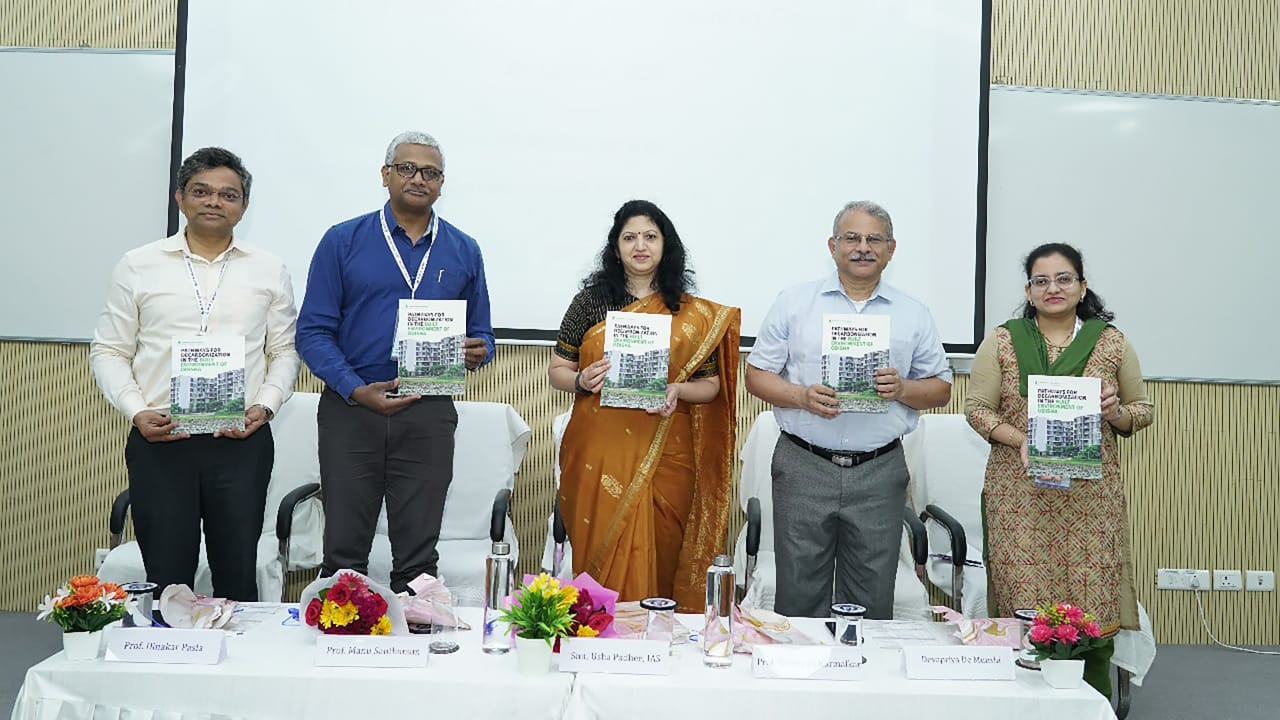Bhubaneswar: Odisha’s drive towards sustainable and climate-resilient urban growth took a major stride with a one-day workshop on “Mainstreaming Low-Carbon Building Materials to Transform the Built Environment in Odisha,” held at the IIT Madras campus. The event was jointly organized by the Indian Institute of Technology (IIT) Bhubaneswar and Development Alternatives.
Smt. Usha Padhee, Principal Secretary, Housing and Urban Development Department, Government of Odisha, who attended as the Chief Guest, underscored the state’s commitment to a greener future. She called for collective conviction and conscious planning, stating, “Whatever we do in construction must consciously contribute to a healthier environment. We can only progress if we believe we can — and ensure our development is greener and eco-friendly.”
The Principal Secretary highlighted the Government’s strong emphasis on sustainable urbanisation through a mix of regulatory reforms, capacity building, and incentives for entrepreneurs. She specifically pointed to Construction and Demolition (C&D) waste products and Limestone Calcined Clay Cement (LC3) as innovative materials that could bring a transformative change to the state’s construction sector.
The workshop served as a crucial platform, bringing together diverse stakeholders from industry, academia, and government to devise strategies for integrating these low-carbon materials into Odisha’s infrastructure ecosystem.
Prof. Manu Santhanam of IIT Madras, the Guest of Honour, stressed the urgency for the construction industry to adopt low-carbon solutions and optimize raw material usage in both structural and non-structural applications.
This initiative reinforces Odisha’s vision to align its urban development with India’s national net-zero goals and the aspiration of becoming a developed nation by 2047, demonstrating the state’s leadership in promoting sustainable infrastructure and environmental stewardship.


